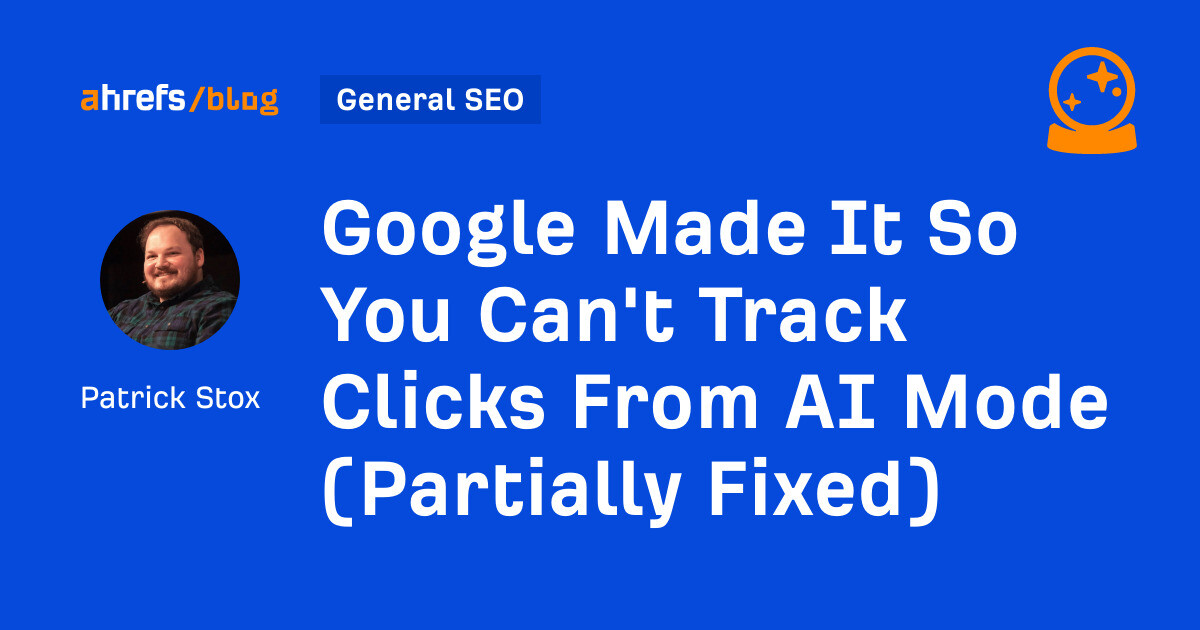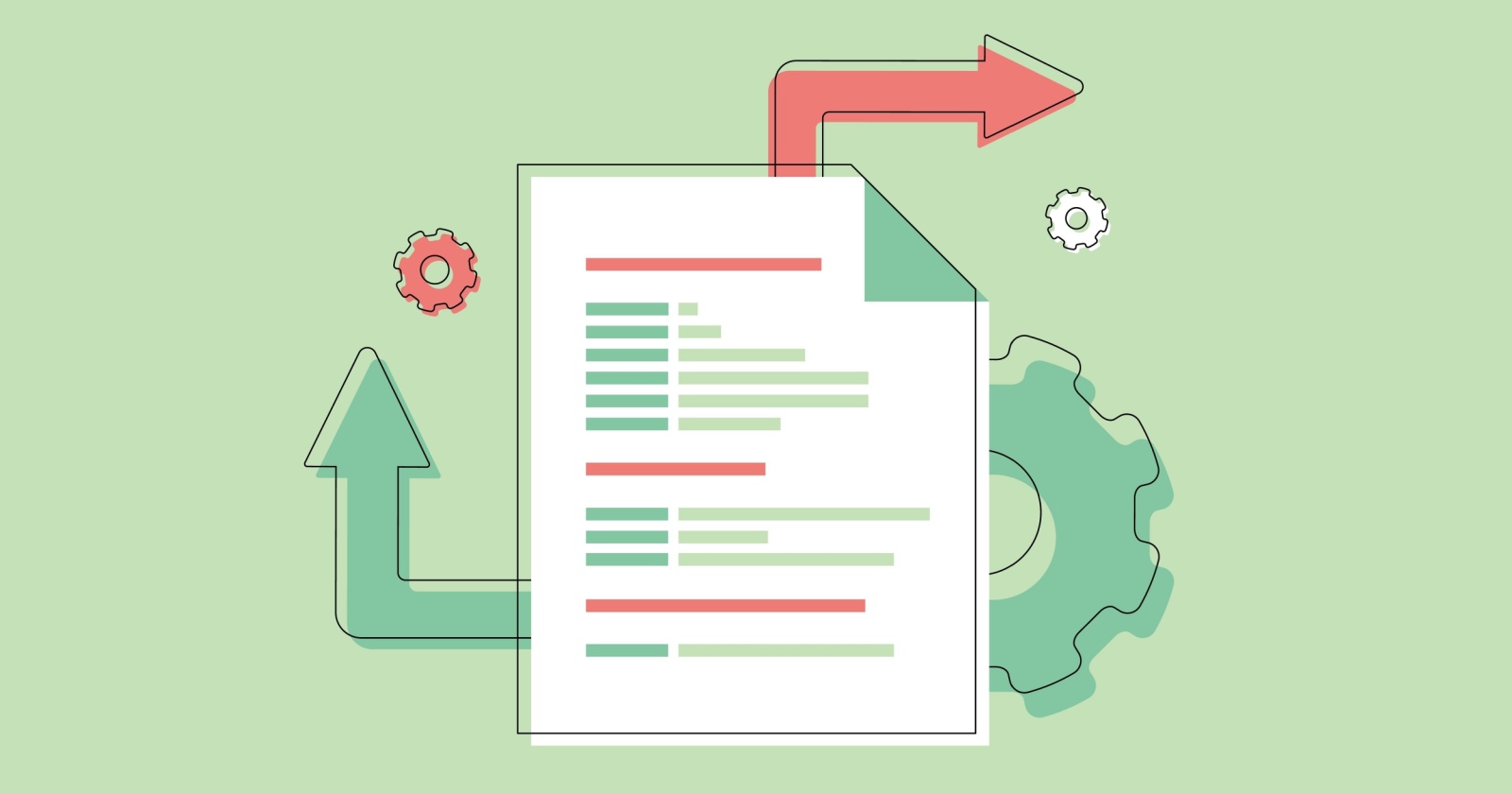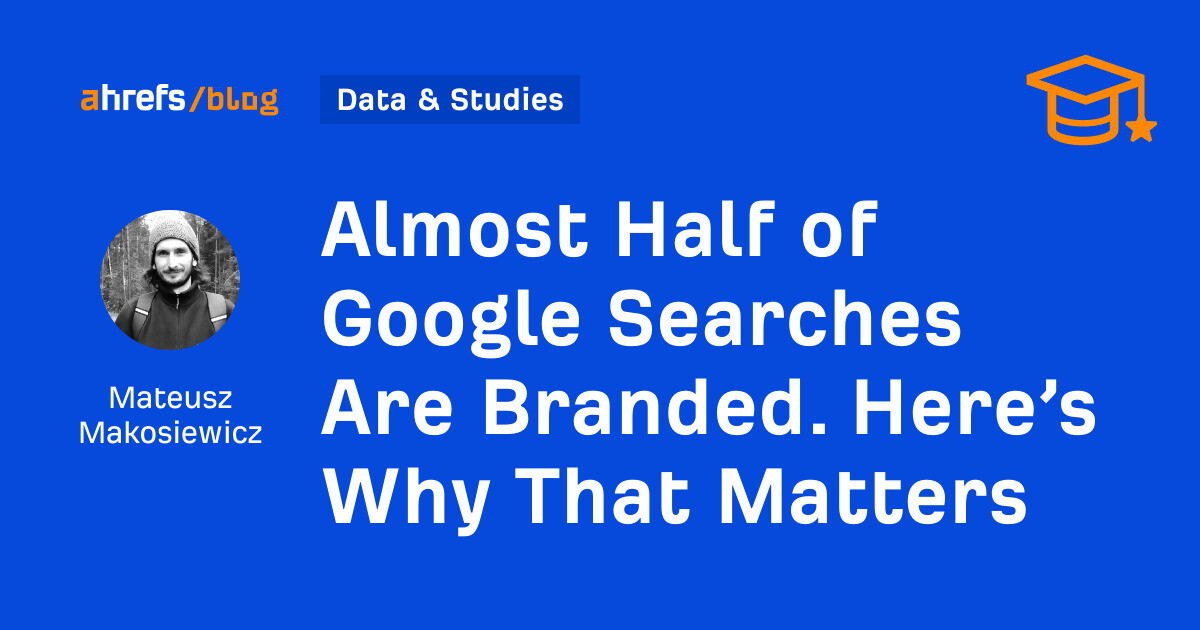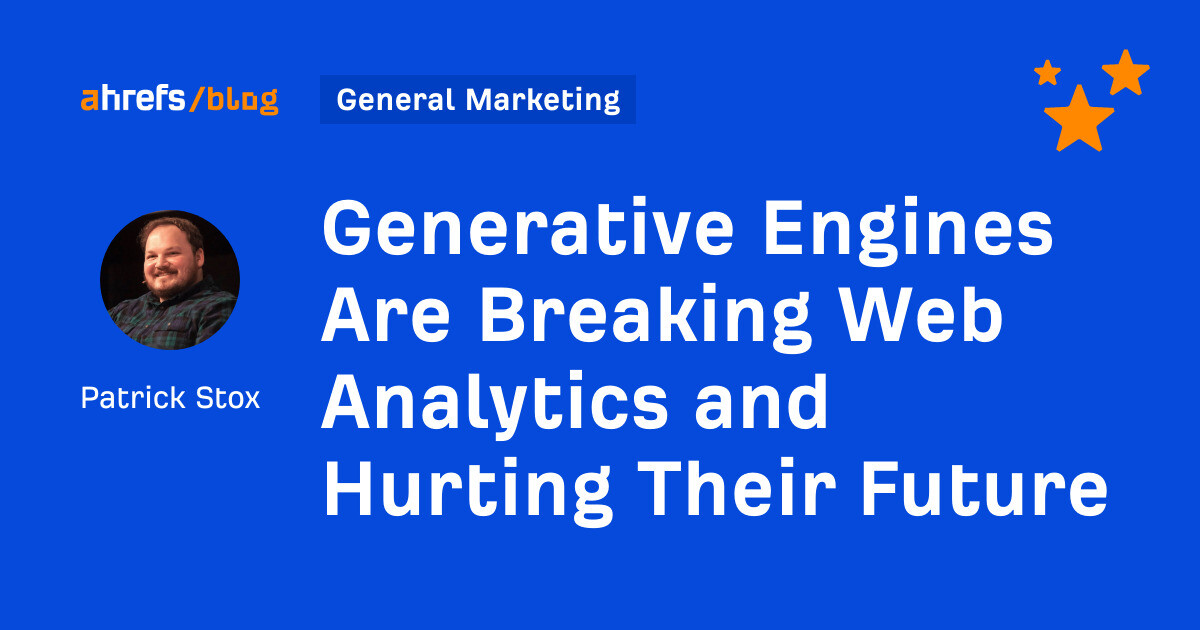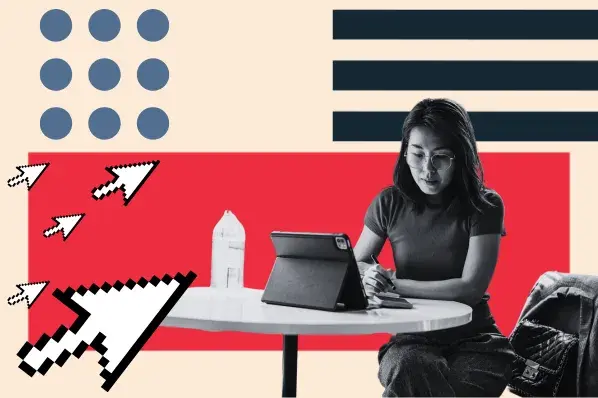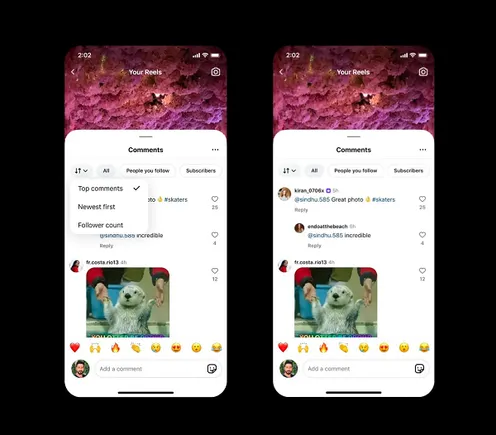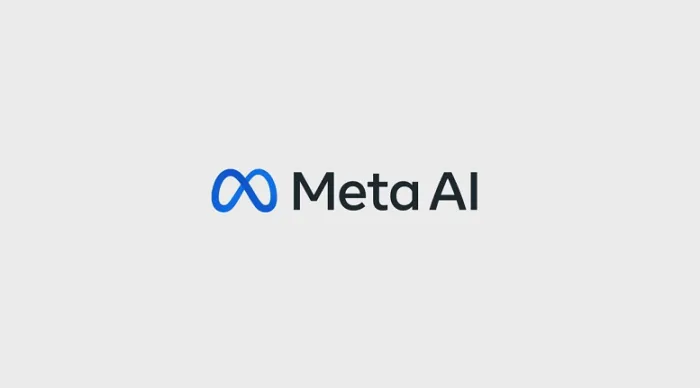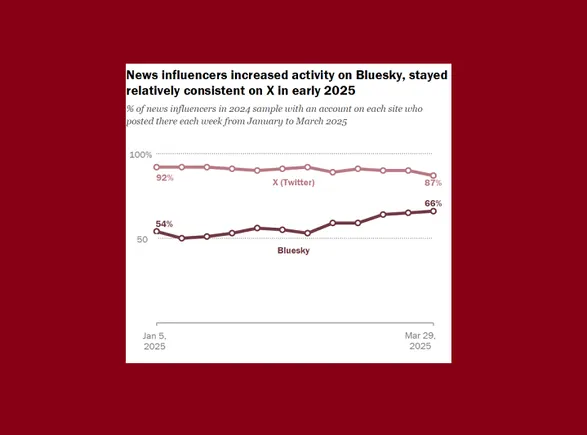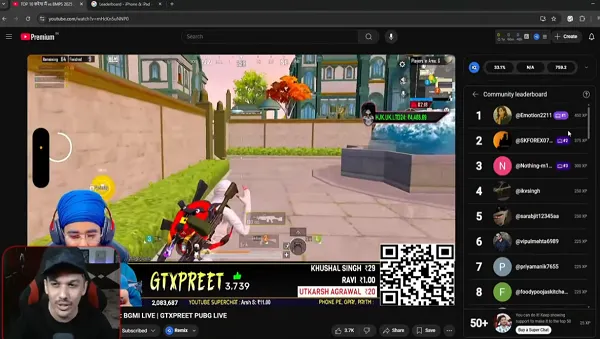High Stakes for Clean Energy Communications
For 16 years, U.S. environmental policies regulating greenhouse gases have been based on the principle that they endanger public health. However, what was once a policy guide star now looks like a supernova under the White House directive being implemented by the U.S. Environmental Protection Agency. For my PR colleagues who work on environmental and […] The post High Stakes for Clean Energy Communications first appeared on PRsay.

For 16 years, U.S. environmental policies regulating greenhouse gases have been based on the principle that they endanger public health.
However, what was once a policy guide star now looks like a supernova under the White House directive being implemented by the U.S. Environmental Protection Agency.
For my PR colleagues who work on environmental and sustainability issues and related renewable energy projects, the lift just got much heavier. The federal government has essentially gone from being our spotter to putting a foot on our barbells.
Much more now rides on the success of community outreach programs for solar, wind and battery storage projects, making community engagement for renewable energy projects and best practices more important than ever.
The new battleground for clean energy success
It’s not that Americans are against clean energy. A 2023 Pew Research Center survey found that 67% prioritize developing clean energy over fossil fuel sources.
It’s also not that a shift to clean energy is more expensive than the status quo. Multiple studies and models have found that shifting to 100 percent clean energy will cost less than doing nothing. We’ve already spent more than $800 billion in the 2010s on climate-related disasters, which is 4.5 times what we spent in the 1980s.
To put the lid on global warming, the world needs to be tripling its clean energy capacity now through 2030. That takes a lot of space and makes clean energy a land use issue. Each gigawatt of wind or solar power takes about 1.5 to 2 square miles of land or ocean surface. While battery storage has a much smaller footprint, recent safety concerns mean communities expect significant buffers around projects.
Clean energy developers and their PR partners need to meet this moment by going beyond traditional outreach and prioritizing meaningful, ongoing community engagement to give projects their best chance of success and timely commissioning.
Best practices for community engagement today
- Start early and be transparent.
Engage the community as early as possible — ideally before site selection is finalized. Too often, outreach begins after key decisions have been made, leaving communities feeling excluded and distrustful. By involving key constituents early, you signal that you value the community’s input and can create opportunities to address concerns proactively.
Transparency is just as important. Develop a dedicated project website where residents can find important project details, environmental impact studies, FAQs and opportunities to share their feedback.
Messages should be clear, jargon-free and tailored to resonate with local audiences. That may mean offering materials in multiple languages or showing images of project leaders out in the community.
- Listen, learn and adapt.
Developers who assume they know what matters most to the community often create more problems for their project, particularly if the developer is perceived as an outsider. Community engagement requires active listening at open houses, small group meetings, and even informal coffee chats to hear from community members and pick up on their values, concerns and priorities.
Residents also need to see their input reflected in project plans. Show that you listened and that they were heard. Even when every concern cannot be addressed, explaining the reasoning behind decisions builds goodwill and trust. The more that communities feel heard, the more likely they are to support a project.
- Focus on local wins.
A project’s success often hinges on its ability to sync with local priorities. People care most about how an energy project will or will not impact their daily lives. The more specifically developers can link project benefits to local concerns — such as job creation, more reliable electricity, lower electricity costs, community investment, increased safety — the better the chances of securing community support.
Ensuring that project budgets include funds for investing in local programs can also strengthen relationships and demonstrate your commitment to the community. It doesn’t take much in the scheme of most projects, but whether supporting education, workforce training or local nonprofits, demonstrating a tangible commitment to community well-being shifts the narrative from opposition to partnership.
- Let local voices lead.
Trust is key. Instead of relying solely on corporate spokespeople, engage local voices to help shape the narrative. Community leaders, environmental advocates and industry experts can lend credibility and reassurance.
For example, if wildfire risk is a concern for a battery storage project, then the local fire chief is the most credible source to speak to the community about the safety standards incorporated in the project and safety measures in place to protect the public.
Similarly, for a wind or solar farm, if residents are worried about land use, then farmers who support the project can speak directly to how it benefits their industry through additional income from land leasing and the low-cost, renewable energy available for their operations.
When local stakeholders become advocates, community resistance often turns into support.
- Community engagement doesn’t end with a permit.
Community engagement cannot end once permits are secured. The most successful developers maintain open communication throughout construction, operation and even decommissioning. Regular updates, site tours and ongoing participation in local events demonstrate a long-term commitment to being a good neighbor.
By treating engagement as an ongoing process rather than a one-time requirement, developers can build a reputation as a community partner. Consider this effort as an investment in the success of your next project and community engagement effort.
The path forward
With federal support for clean energy and other climate-oriented policies in jeopardy, it’s important to avoid community engagement missteps or skipped steps that can slow your project just when it’s needed most.
Don’t begrudge the pennies or time spent on community engagement because they’ll generate many dollars in economic return once a project is up and running. So, start early, listen actively, highlight local benefits, empower trusted voices and commit to engagement beyond the permit. That’s how PR professionals can do their part to accelerate America’s long-term, sustainable energy future.
Julie Wright is president of (W)right On Communications, the integrated public relations firm she founded in 1998. In 2024, her group was named PR Team of the Year by the PRSA San Diego/Imperial County Chapter. Find them online at wrightoncomm.com.
Photo credit: km
The post High Stakes for Clean Energy Communications first appeared on PRsay.












.jpg)



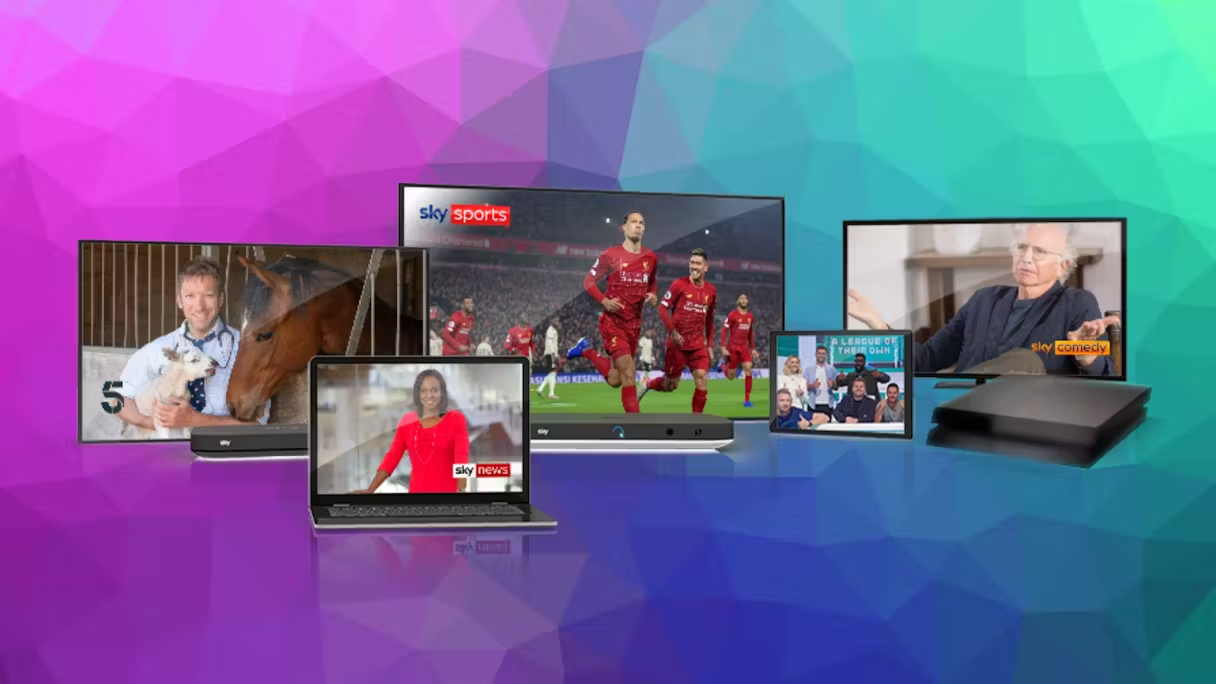








![Clicks Don’t Pay the Bills: Use This Audit Framework To Prove Content Revenue [Mozcon 2025 Speaker Series]](https://moz.com/images/blog/banners/Mozcon2025_SpeakerBlogHeader_1180x400_Hellen_London.png?auto=compress,format&fit=crop&dm=1747758249&s=9f3c5b1b7421f862beace1cb513053bb#)
![How To Create an Integrated Strategy That Increases Brand Mentions and Visibility [Mozcon 2025 Speaker Series]](https://moz.com/images/blog/banners/Mozcon2025_SpeakerBlogHeader_1180x400_JamesH_London.png?auto=compress,format&fit=crop&dm=1747780409&s=9bf9f0a2623b4a8be6eaf8f235115505#)

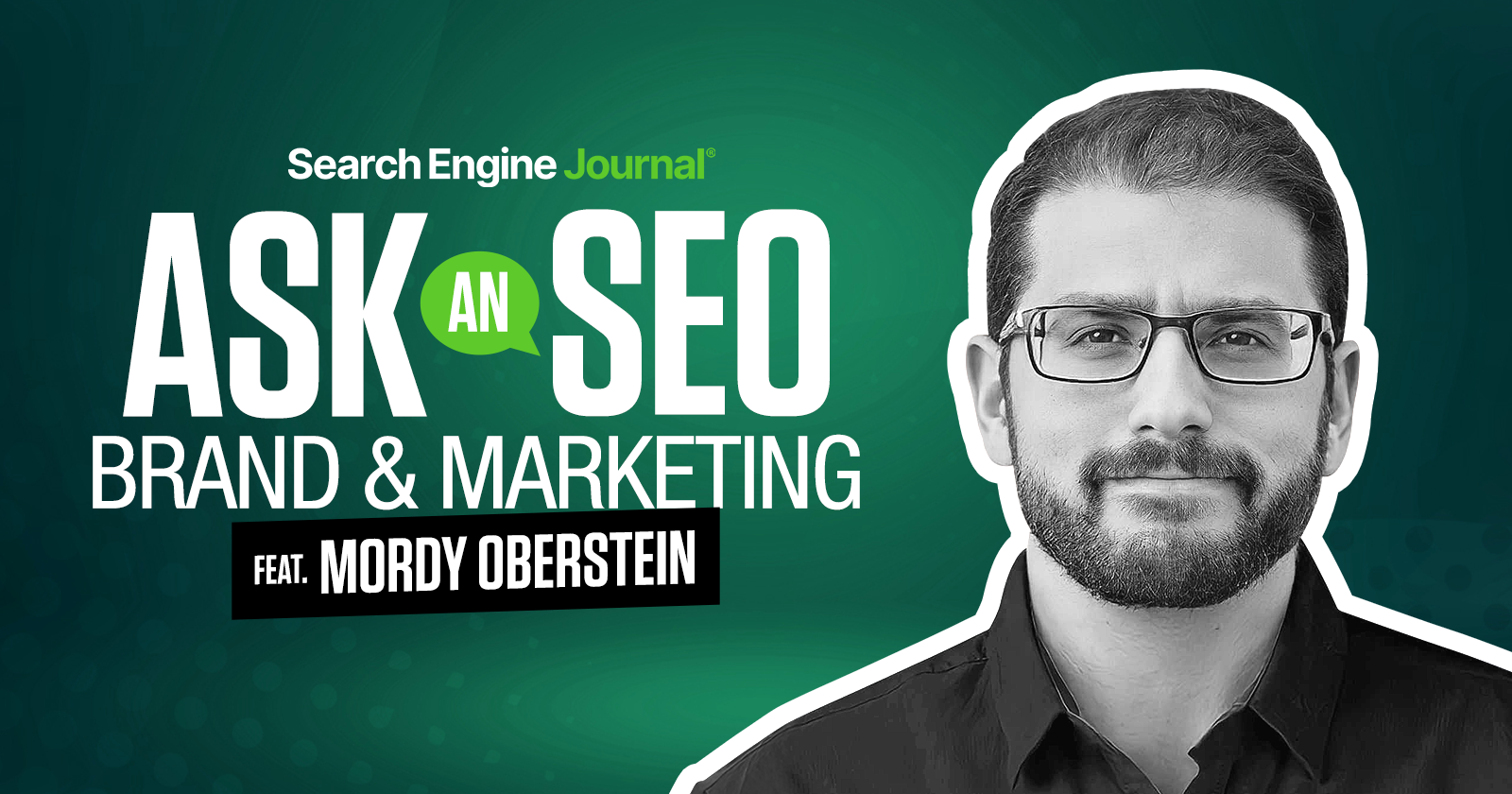
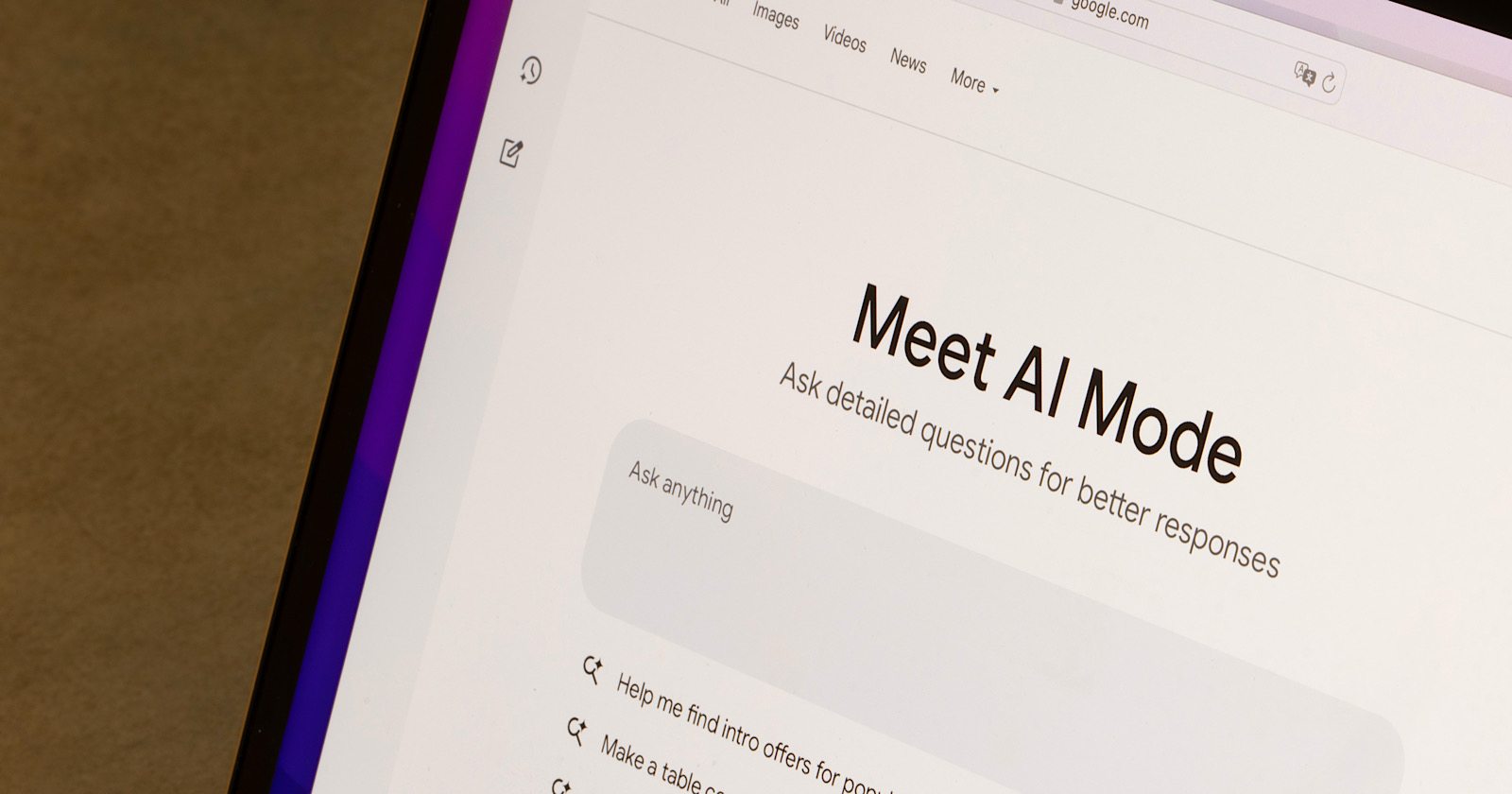






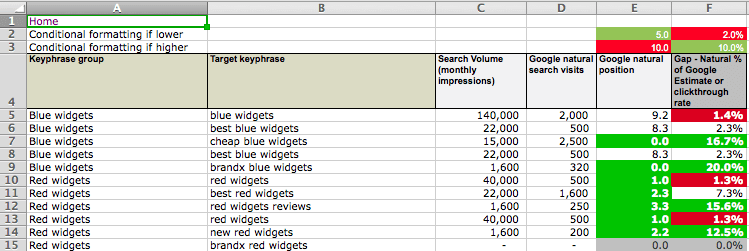
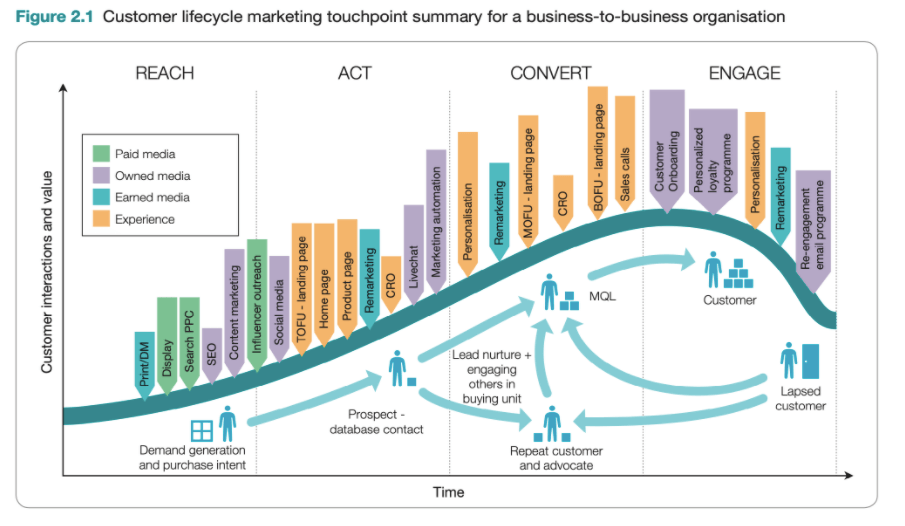











![The 11 Best Landing Page Builder Software Tools [2025]](https://www.growthmarketingpro.com/wp-content/uploads/2024/04/best-landing-page-software-hero-image-1024x618.png?#)

































